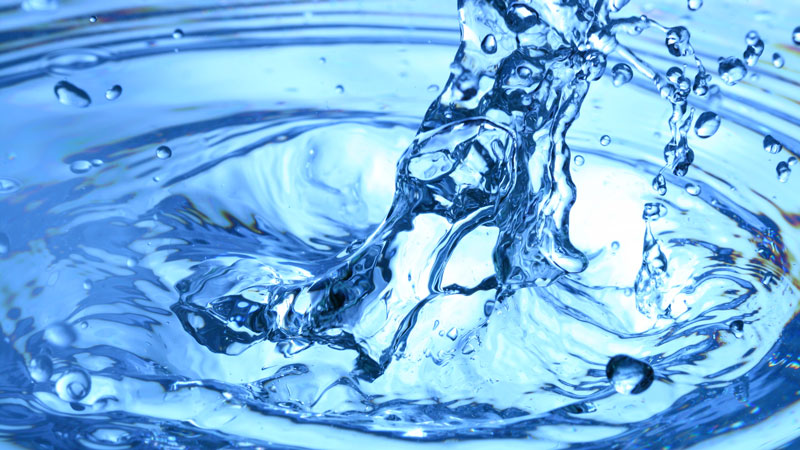Water conservation and reclamation are primary concerns in the United Kingdom. According to Waterwise.org “in the UK every person uses approximately 150 litres of water a day, a figure that has been growing every year by 1% since 1930.” Given the fact that the UK has less access to clean freshwater than most other European countries, these statistics are alarming. Concerns over potential environmental impacts of intensive agricultural practices (I refer to some of the case studies on the Lagan Water website), expanding urbanisation, and global warming make it even more critical to implement environmentally sustaining and innovative plans for water treatment in the UK.
Innovation and Planning
Fortunately, these concerns are shared in many quarters, and there has been some forward-thinking planning and innovation. Most of these plans have focused on the mantra of eco-friendly activities: reduce, reuse, and recycle, saving disposal of wastewater as a last resort. A recent (22 July 2013) Guardian article presented an overview of new and innovative water technologies. The most ambitious and long-range technologies are at the cutting edge of development, including nanotechnology in filtration, membrane chemistry, and new designs in wastewater treatment. All three of these approaches have great potential for sustainability and environmental efficacy in water treatment in the UK.
Nanotechnology in Filtration
This technology “removes microbes, bacteria and other matter from water using composite nanoparticles, which emit silver ions that destroy contaminants.” Carbon nanotubes are one promising application that can revolutionize water filtration practices, as they have a large surface area and many water pollutants have a high affinity for carbon. While critically applicable in areas of the world where there is little access to clean water, this technology also has great potential for water treatment and safety in developed areas of the world such as the UK.
Membrane Chemistry and Desalination
Another innovation in water filtration is the use of both chlorine resistant polyamide and cellulose acetate membranes. Desalination has become a favored method of water reclamation in cities that are water-stressed. Thus, research into innovative techniques for desalination is critical because “seawater desalination is one of the most energy-intensive and cost-intensive water treatment processes available.” The Beckton Desalination Plant, which opened in mid-2011, is designed to produce “140-150 million litres of water per day, which is enough for one million people in north-east London.”
New Designs for Wastewater Treatment
The need for new designs in water treatment is demonstrated by the fact that “many people living in urban areas, even in advanced economies, still do not have their sewage adequately treated and wastewater is often discharged, untreated, into rivers and estuaries or used as irrigation water…. Modular hybrid activated sludge digesters, for instance, are now removing nutrients to be used as fertilisers and are, in turn, driving down the energy required for treatment by up to half.” Other innovative wastewater treatment technologies include using wetlands as settling ponds where bacteria and algae remove pathogens, heavy metals, and nutrients; and using electrolytic treatment to replace chlorine disinfectants.
Clearly, research into innovative eco-friendly technologies for water treatment is an active one. Such technologies serve to not only increase available clean water, but also to mitigate negative environmental impacts of pollutants, chemicals, sludge, and disease-bearing biota.
View the original article and our Inspiration here


Leave a Reply